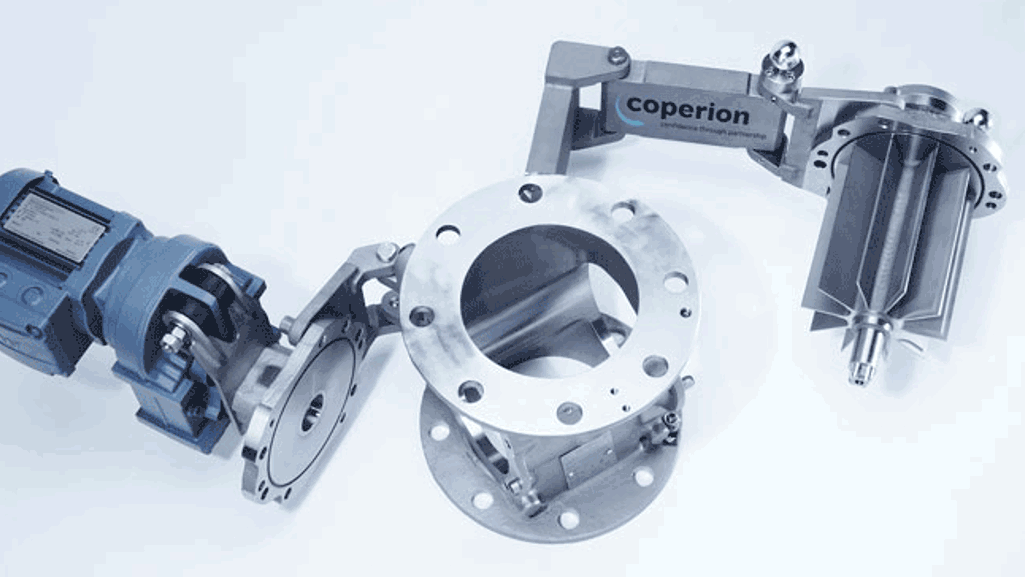Production systems must be cleaned regularly to satisfy the stringent requirements of the food industry. The cleaning method – whether dry or wet – is often a question of philosophy. Both have advantages and disadvantages and each must be customized to suit the individual product requirements.
Dry cleaning is a suitable process for products with low internal moisture content. These are products that normally do not become contaminated with micro-organisms or mold or which are soon thermally treated after conveying. Dry cleaning is also used if the same product is always produced in the same plant or line and cross-contamination with other products is not possible. For the advocates of dry cleaning the advantages are obvious - if a plant is kept completely dry, as a consequence the microbiological risks are low. The decision as to whether frequent or only occasional dry cleaning is necessary depends on the product characteristics. The design of the component can be simpler than for wet cleaning. However, in all cases the bulk material components must be easily accessible, quick to dismantle and suitable for manual dry cleaning. In response to these requirements Coperion developed the WYK bulk material diverter valve, the ZRD Hygienic Plus rotary valve and the ZXD Hygienic Plus blow-through valve. All three have now been certified by the European Hygienic Engineering & Design Group (EHEDG), especially for dry cleaning (ED certificate).

